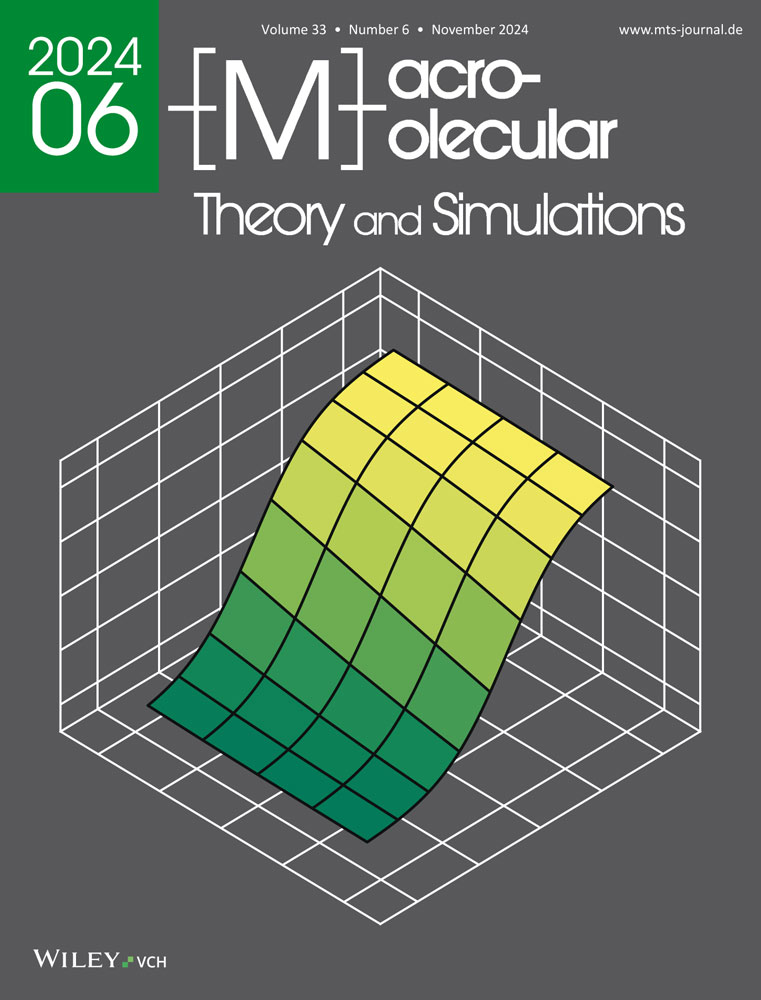An Algorithm for Computing Entanglements in an Ensemble of Linear Polymers
Abstract
The entanglement length plays a key role in deciding many important properties of thermoplastics. A number of computational techniques exist for the determination of entanglement length. In Ahmad et al.,[1] a method is proposed that treats a macromolecular chain as a 1D open curve and identifies entanglements by computing the linking number between two such interacting curves. If the curves wind around each other, a topological entanglement is detected. However, the entanglement length that is measured in experiments is assumed to be between rheological entanglements, which are clusters of such topological entanglements that collectively anchor the interacting chains strongly. In this article, the method of clustering topological entanglements into rheological ones is further elaborated and the robustness of the method is assessed. It is shown that this method estimates an entanglement length that depends on the forcefield chosen and is reasonably constant for chain lengths longer than the entanglement length. For shorter chain lengths, the method returns an infinite value of entanglement length indicating that the sample is unentangled. Moreover, in spite of using a geometry-based algorithm for clustering topological entanglements, the estimated entanglement length retains known empirical connections with physical attributes associated with the ensemble.
Conflict of Interest
The authors declare no conflict of interest.
Open Research
Data Availability Statement
The data that support the findings of this study are available in the supplementary material of this article.




